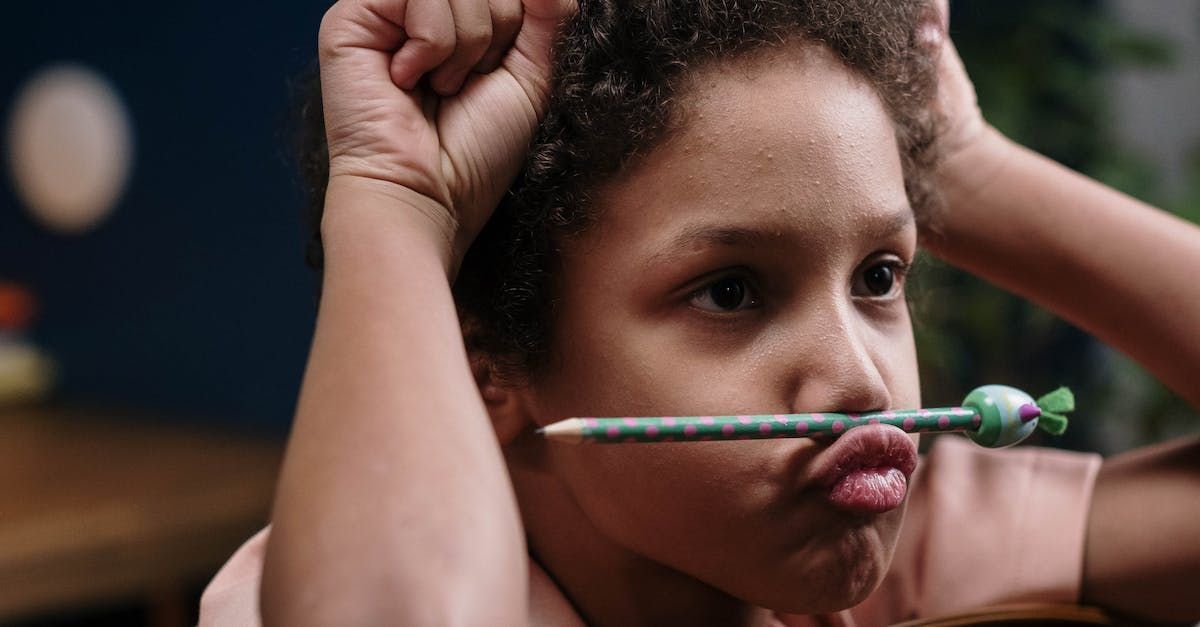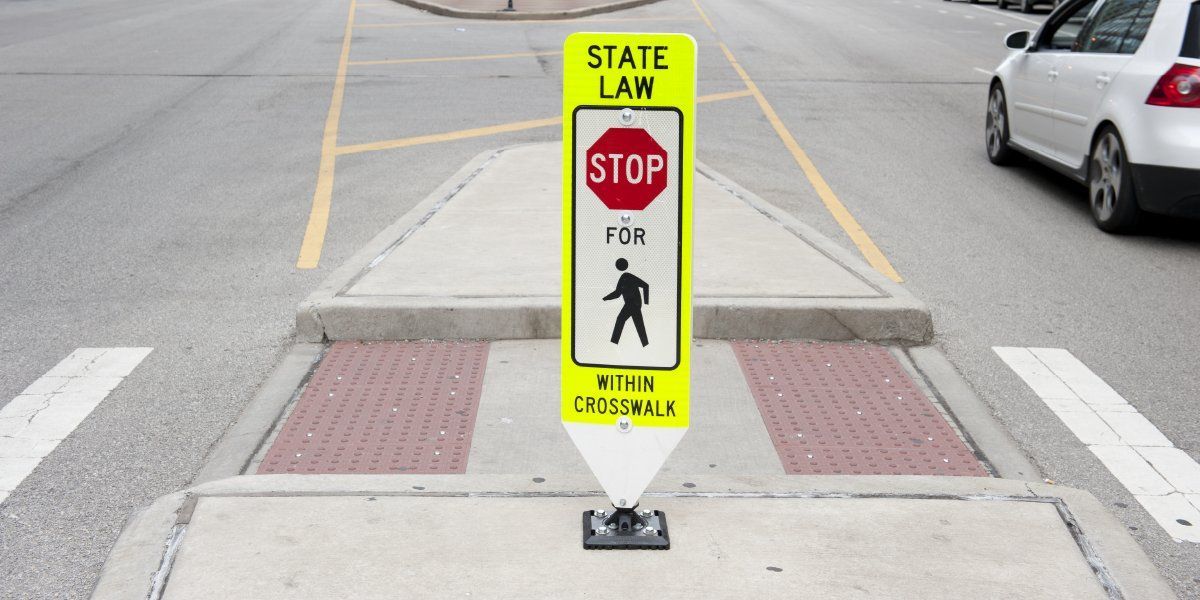Blog Post
Dr. Steven Sparks shares expert perspectives on ABA, education, and mental wellness.

It’s a common scene in family households across the country: a parent implores their child to do their homework. Despite the instruction, the targeted behavior of completing the school assignment goes unfulfilled. Maybe their child even starts the work but hastily abandons the responsibility amid fury. The parent may perceive their child holds a performance deficit and won’t do their homework. But perhaps this scene reveals the child instead has a skill deficit and can’t do it, causing them to act out with inappropriate behavior. A Can’t Do/Won’t Do Assessment examines whether unachieved targeted behaviors derive from motivational issues or lack of capabilities. Does the inappropriate response occur because they don’t have the repertoire of skills, or they won’t accomplish the targeted behavior because they receive more reinforcement for the negative behavior? The assessment identifies a reinforcing outcome for the target behavior in any given setting. At Sparks Behavioral Services, we are determining in assessment plans if the client previously exhibited the skill required to complete the targeted behavior. Consider a client who becomes aggressively unbridled when told to do household chores. A Can’t Do/Won’t Do Assessment unearths if they are able to appropriately advocate for themselves (by saying no or requesting a break) or can complete the chore without issue. When instead of those responses, they counter the instruction with a temper tantrum, the assessment gets to the crux of the matter. With this scenario, our assessment ascertains if the client lacks the language needed for a proper response or if misconduct is more reinforcing. The behavioral approach here may require first instructing the client how to communicate for a break. When they can accurately request one, the next step is introducing the verbiage (or a picture card) that relays they wish to cease the chore. Once the client accomplishes that behavior in the right setting, the availability of such a request slowly decreases incrementally (after 30 seconds they can ask for a break, then one minute, two minutes, etc.). The step-by-step process permits an opportunity for the client to break with appropriate behavior rather than inappropriate. In any given situation, no matter how intense an inappropriate behavior, the process starts with identifying if said behavior arrives easier for the client or if skill deficiencies are the root of the issue. Implementing these plans in our field are custom to the individual. From applying Differential Reinforcement to altering environments to decreasing reinforcers, there are numerous paths to reaching appropriate behaviors — but it all starts with the assessment. For parents at home with children who struggle completing their homework, alleviating the situation can be difficult. Rather than perpetually saying “try harder,” approaching it like a Behavioral Analyst determines if the work is too difficult and effort remains a hurdle or if other aggravating factors are present. If the work’s hard, then break it up in segments. Or decipher what perquisite skills may be absent and develop those before returning to the assignment. Does the child have a friend they’d rather play with than finish assignments? Then establish an amount of the work that must be complete before play. These situations necessitate pinpointing the method that spur appropriate behavior within reason. It’s about discovering what works on both sides — not just instilling compliance in the child. Success hinges on establishing an environment that benefits the child toward the targeted behavior. If an impasse occurs in these situations, what we refer to in our field as Learned Helplessness — the act of shutting down because it feels like there’s nothing you can do — can emerge. If a child cannot reach the targeted behavior, while the parent or caregiver remains unable to identify course correction, they start feeling immense anxiety that causes further aversion to the task at hand. This is the point where professional assistance can fulfill a Can’t Do/Won’t Do Assessment, develop a behavior plan, and cultivate an environment that produces appropriate and targeted behaviors. Learn more about our behavior analytic consulting services.

Many individuals perceive an ideal societal structure where certain functions are what you should naturally want to do. Unfortunately, many tend to believe everyone else inherently conforms to that model as well. It’s a cultural belief at Sparks Behavioral Services we refer to as the “Oughta Wanna” Effect. School is an environment frequently cited as a place where children have the inclination to excel. Despite that belief, average student test scores have nationally dropped. The scores aren’t dipping because students don’t care; rather they require some time and attention to transform what they “ought to do” into a “want to do.” Teachers, parents, and caregivers can become flustered when students are seemingly just getting by. But a principle of Applied Behavior Analysis, reinforcement, can provide that transformative push. In ABA Therapy, reinforcement (which can be a stimulus ranging from praise to reward) proves an integral element in improving social and learning skills. And it can achieve the same inside a classroom. Met with occasional hesitancy, some individuals feel it’s giving people things when they should just want to already do it themselves. But inaction only exacerbates falling test scores. Reaching sustainable change in the education system requires renewed focused on the “average” student. For skilled students, doing well in school is typically already reinforcing to them. For the rest of the classroom, a little strategic planning with added reinforcement can bolster performance. The “Good Behavior Game” is popular behavior management strategy game enacted in elementary classrooms that promotes prosocial behavior and reduces challenging behavior. While there are many versions, its most effective form turns the classroom into a team that works in tandem to achieve a range of goals. If they succumb in one area, attention and reward is then diverted toward another. The game sustains motivation for every student, even when underperforming in a specific area. Many people identify the workplace as another arena where everyone should be industrious. In today’s culture, working hard often doesn’t translate into getting ahead or higher pay. In places with minimal opportunity to move upward and where raises are minimal to nil, there’s no incentive to work beyond the scope. Pay not keeping up with cost-of-living compounds this issue further. Where trajectory appears limited, workers are easily bereft of motivation. Ultimately, turning “oughta” into “wanna” requires examining current reinforcers in any given situation and comparing the probability, size, delay, and effort that encourage the behavior to alternative sources of reinforcement. The transformation occurs by making the desired behavior less effortful than alternatives or the reinforcer becomes more sizable, probable or less delayed than alternatives. In all levels of society, things average out. And the science of Applied Behavior Analysis can increase the average by revealing what turns “oughta” into “wanna.”

Dr. Sparks sought a solution for when his adopted dog acted aggressively while leashed during walks. He attempted to reinforce good behavior with praise, but it wasn’t working. He noticed the noise of a crinkling plastic bag significantly curtailed the dog’s aggressive behavior. On walks, he began to crinkle it as a deterrent whenever the dog lunged on the leash. The aggressive pulling soon stopped. This technique highlights the implementation of a punishment in Applied Behavior Analytics — but it also reveals its potential for rippling effects. The dog’s aversion to the crinkling bag possessed an expansive effect beyond ceasing leash-pulling: she no longer wanted to go on walks in Dr. Sparks’ own neighborhood. She’d walk elsewhere, however being outside in her own area was accidentally punished through the crinkling bag as well. The fact that a punishment potentially decreases all behaviors occurring at the time it’s introduced is just one precursory element people understand before implementation. Punishment, a key principle in Applied Behavior Analytics, adds or takes away something to an environment to decrease a behavior’s regularity. A child’s removal from an activity and receiving a “timeout” to dissuade a continued behavior is an example. Its application in managing behavior can work fast as the child easily understands what occurred: they were doing something, their parents scolded them, and the realization that they shouldn’t do whatever they were doing surfaces. Punishment as a parenting tool frequently emerges as a contested social media debate. The back-and-forth amid these parenting groups typically features two sides: those who insist you never use punishment to influence behavior and another with a more “old school” hardline approach. As Applied Behavior Analysts, it’s not our job to label what’s appropriate — that’s up to society. Rather, we can dissect and outline the methodologies of managing behavior. There are some potential issues that accompany enforcing punishments of which parents should be mindful. A punishment is not a blanket solution. Parents and caregivers should be careful and aware they use a punisher that’s actually aversive to the child. People commonly assume actions that are aversive to one child will garner the same result with another — but that is not always the case. For example, during a school consultation, we put two different colored pieces of paper in front of an aggressive child. We instructed if they touched one color, it resulted in praise; if they touched the other, they would be scolded. The child repeatedly touched the scolding color. For this child, negative attention wasn’t a punisher but instead a reinforcer. This situation can transpire when a child only receives positive attention a small percentage of time for doing something right, while they receive negative attention almost every time their actions are deemed inappropriate or wrong. Parents and caregivers should also use caution that they aren’t providing punishment to the child only because it’s reinforcing to themselves. Occasionally a phenomenon known as aggression reinforcement in Applied Behavior Analysis develops where presentation of punishment automatically creates motivation to exhibit aggression among the parents and caregivers. A child’s inappropriate behavior can become so aversive to adults that it elicits yelling or spanking for relatively minor offenses. These situations can create confusion for children, causing them to internally scroll through other behaviors to achieve a preferred outcome for the parent. When the desired behavior remains unlearned, a parent can mistakenly convey it for purposeful disobedience and inflict additional punishment because it’s a reinforcing outcome for themselves. Numerous challenges arise in parenthood. Caring for a child requires navigating situations with seemingly endless processes and solutions. The answer to use punishment or not isn’t so much a defined yes or no but rather lies somewhere across a spectrum of possibilities. The good news is children typically grow into functioning adults no matter the parenting style. But if trial after trial doesn’t induce desired behavioral changes, that’s when Sparks Behavioral Services can assist. There’s nothing wrong with asking for help in overwhelming situations. Receiving Applied Behavior Analysis assistance never indicates poor parenting. Learn more about our behavior analytic consulting services .

Applied Behavior Analysis (ABA) uses a scientific approach to understand and modify behavior. It employs principles of behavioral science to reach meaningful outcomes for consumers of their services. Through ABA practice, behavior analysts reinforce helpful, desired behaviors and discourage unwanted actions detrimental to learning. It can be used to increase language skills, improve attention, decrease problematic behaviors, and much more. The individualized therapy is adaptable, teaches everyday competencies, and deployed within numerous environments both private and public — such as home, school and community. Though its methodology is frequently associated with treatment of autism, its scope is far more expansive: it’s for any organism with behavior. The lawful nature of behavior shows that behavior follows patterns. There’s a precursor to a behavior, the behavior itself, and the result of the behavior occurring. Our very own Dr. Steve Sparks is even at work on a descriptive equation that outlines how varying components work together to determine a single behavior at any moment in time. ABA therapy assesses the pattern behind a specific behavior a patient displays, devises a plan to modify or improve it, and then intensively works to instill it. ABA’s origins trace back to the 1930s when B.F. Skinner recognized incongruent behaviors while studying Pavlovian conditioning. While his laboratory work laid the foundation for the core of ABA, it wasn’t until the 1960s and into the 1970s where it became more widely used and implemented in real-world scenarios. It was during this period where ABA became heavily connected with the treatment of autism. Therapists successfully applied ABA principles to people with an autism spectrum diagnosis to assist in improving social interactions, learning new skills, and maintaining positive behaviors. Though one doesn’t require an autism diagnosis to experience the benefits of ABA therapy. One of the most extensive educational studies ever conducted, Project Follow Through, used ABA techniques. The study, which began in 1968 under the sponsorship of the federal government, sought to determine the most optimized method of teaching elementary school-aged children from disadvantaged backgrounds. More than 200,000 children throughout 178 communities were included in the study with 22 different models of instruction applied. The study’s evaluation in 1977 revealed the Direct Instruction model as the most successful learning method, helping to raise participating children’s scores to near the national average. In ABA therapy, Direct Instruction features small group, face-to-face lessons with immediate error correction. The lessons are highly structured and scripted to clearly define teaching tasks at a faster rate than they typically occur. A core principle of this model is all children can be taught. Project Follow Through continued into the 1990s — helping thousands upon thousands of disadvantaged children. The study remains a prime example of ABA’s execution and benefits across numerous demographics. Sparks Behavioral Services delivers behavioral consulting services to children and adults no matter the diagnosis throughout all of Michigan. We specialize in the cases that nobody else can handle or haven’t been successful in managing. Our goal is help societal problems and assist individuals in changing their behaviors so they can thrive.




